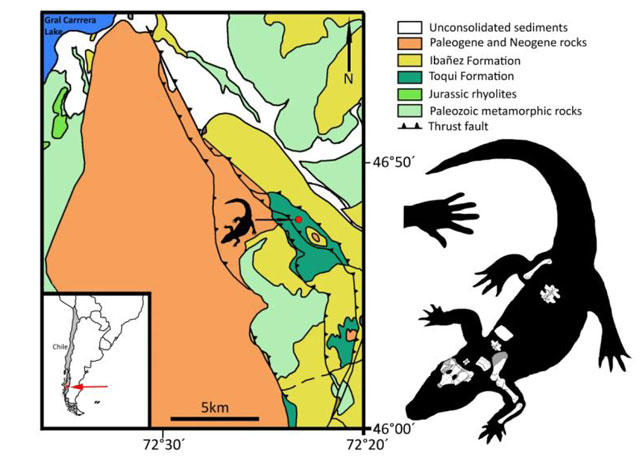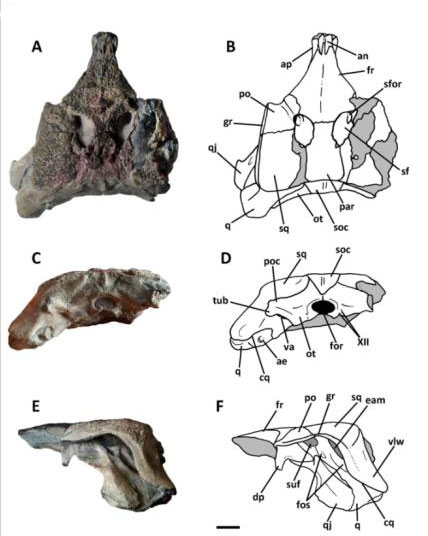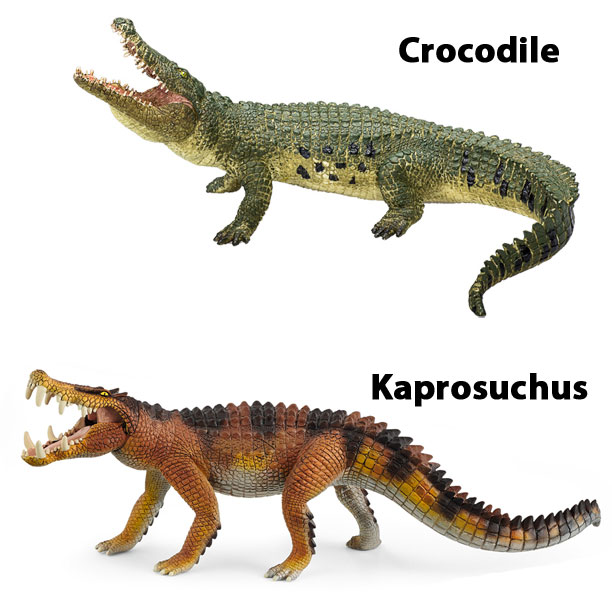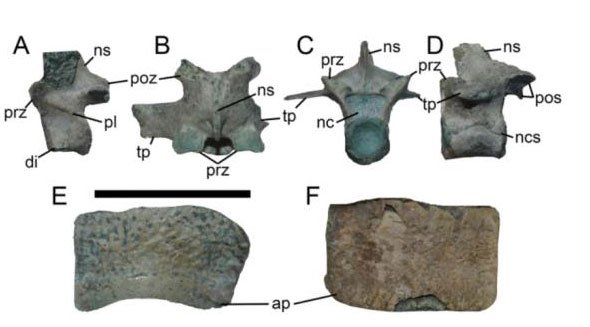Researchers have described a new species of crocodilian from the Late Jurassic of Chile. Named Burkesuchus (B. mallingrandensis), it heralds from the Toqui Formation of southern Chile. As such, this 70-centimetre-long reptile shared its home with sauropods and the bizarre Chilesaurus (C. diegosuarezi). Analysis of the fragmentary fossil bones, including all important skull material suggests that Burkesuchus was a basal member of the Mesoeucrocodylia, the crocodilian lineage that led to modern crocodiles.

Shedding Light on the Fauna Associated with the Toqui Formation
Fossils of Burkesuchus were collected from outcrops of the Toqui Formation (Tithonian stage of the Late Jurassic). Analysis of zircon samples subjected to radiometric dating suggest that this small crocodilian lived around 147 million years ago. The fossils found consist of skull material, dorsal vertebrae, elements from the limbs including a right scapula and coracoid (shoulder bones) a nearly complete right femur (thigh bone) and several osteoderms (body armour).

A “Missing Link” in Crocodile Evolution
The genus name honours the American Coleman Burke for his financial support of the field work and “suchus” from Latin, meaning crocodile. The species name is a reference to Mallín Grande, the name given to this scenic, very beautiful but remote part of Chile, south of General Carrera Lake.
Semi-aquatic crocodilian fossils dating from the Jurassic of South America are rare. To date, the only other non-marine crocodilian known from this continent is Batrachomimus from the Upper Jurassic of Brazil, which is thought to be a paralligatorid. However, analysis of the limb bones associated with Burkesuchus reveals that it possibly represents an intermediate form between crocodilians with a more semi-erect gait and sprawling forms reflecting the gait and locomotion of modern crocodilians. Burkesuchus could represent a transitional form, helping palaeontologists to understand the evolutionary history of this important group of archosaurs.

Picture credit: Everything Dinosaur
The Significance of a Prehistoric Crocodile
The discovery of Burkesuchus expands the meagre record of non-marine crocodile representatives from the Late Jurassic of South America and the researchers conclude that Batrachomimus and Burkesuchus indicate that the evolution of more derived crocodyliforms could have occurred in South America.

The scientific paper: “New transitional fossil from late Jurassic of Chile sheds light on the origin of modern crocodiles” by Fernando E. Novas, Federico L. Agnolin, Gabriel L. Lio, Sebastián Rozadilla, Manuel Suárez, Rita de la Cruz, Ismar de Souza Carvalho, David Rubilar-Rogers and Marcelo P. Isasi published in Scientific Reports.
Visit the Everything Dinosaur website: Dinosaur Figures and Prehistoric Animal Toys.






Leave A Comment